 Welcome
Welcome
“May all be happy, may all be healed, may all be at peace and may no one ever suffer."
Ventricular tachycardia

Ventricular tachycardia (VT) is a type of arrhythmia or irregular heartbeat in which the heart's ventricles, the lower chambers of the heart, beat too quickly and can prevent the heart from pumping blood effectively. VT is defined as a heart rate of more than 100 beats per minute, with at least three consecutive abnormal beats originating from the ventricles.
VT can be caused by a variety of factors, including coronary artery disease, heart failure, cardiomyopathy, and congenital heart disease. In some cases, VT may occur without an apparent cause.
Symptoms of VT can include palpitations, chest pain or discomfort, shortness of breath, dizziness or lightheadedness, and fainting. If not treated promptly, VT can lead to a life-threatening condition called ventricular fibrillation, which can cause cardiac arrest.
Treatment for VT typically involves emergency medical care, including the use of medications to control the heart rate and rhythm, and electric shock therapy to restore a normal heartbeat. In some cases, an implantable cardioverter-defibrillator (ICD) may be recommended to monitor the heart rhythm and deliver a shock if needed to restore a normal heartbeat.
Prevention of VT involves addressing any underlying medical conditions that can lead to the condition, such as coronary artery disease or heart failure. It is also important to follow a healthy lifestyle, including regular exercise, a healthy diet, and avoidance of tobacco and excessive alcohol consumption.
Research Papers
Disease Signs and Symptoms
- Chest pain
- Dizziness (vertigo)
- Rapid fluttering heartbeats (palpitations)
- Dizziness, lightheadedness or faintness
- Shortness of breath (dyspnea)
- Fainting (syncope)
- Loss of consciousness (fainting)
- Sudden cardiac arrest
- Difficulty breathing (dyspnea)
Disease Causes
Ventricular tachycardia
Ventricular tachycardia is caused by faulty heart signaling that triggers a fast heart rate in the lower heart chambers (ventricles). The fast heart rate doesn't allow the ventricles to fill and squeeze (contract) to pump enough blood to the body.
Many things can cause or contribute to problems with heart signaling and lead to ventricular tachycardia. These include:
- Prior heart attack or other heart condition that caused scarring of heart tissue (structural heart disease)
- Poor blood flow to the heart muscle due to coronary artery disease
- Congenital heart diseases, including long QT syndrome
- Imbalance of substances in the blood called electrolytes — such as potassium, sodium, calcium and magnesium
- Medication side effects
- Use of stimulants such as cocaine or methamphetamine
Sometimes, the exact cause of ventricular tachycardia can't be determined (idiopathic ventricular tachycardia).
How does the heart beat?
To better understand the cause of ventricular tachycardia, it may be helpful to know how the heart typically works.
The heart is made of four chambers — two upper chambers (atria) and two lower chambers (ventricles).
The heart's rhythm is controlled by a natural pacemaker (the sinus node) in the right upper chamber (atrium). The sinus node sends electrical signals that typically start each heartbeat. These electrical signals move across the atria, causing the heart muscles to squeeze (contract) and pump blood into the ventricles.
Next, the signals arrive at a cluster of cells called the AV node, where they slow down. This slight delay allows the ventricles to fill with blood. When the electrical signals reach the ventricles, the chambers contract and pump blood to the lungs or to the rest of the body.
In a typical heart, this heart signaling process usually goes smoothly, resulting in a resting heart rate of 60 to 100 beats a minute.
In ventricular tachycardia, faulty electrical signaling in the heart's lower chambers causes the heart rate to increase to 100 or more beats a minute.
Disease Prevents
Ventricular tachycardia
The best ways to prevent tachycardia are to maintain a healthy heart and prevent heart disease. If you already have heart disease, monitor it and follow your treatment plan. Be sure you understand your treatment plan, and take all medications as prescribed.
Take the following steps to keep the heart healthy:
- Eat a balanced, nutritious diet. A diet low in saturated and trans fats and rich in fruits, vegetables and whole grains helps keep the heart healthy.
- Exercise and maintain a healthy weight. Being overweight increases the risk of developing heart disease. As a general goal, aim for at least 30 minutes of moderate exercise every day.
- Control blood pressure and cholesterol levels. Make lifestyle changes and take medications as prescribed to manage high blood pressure (hypertension) or high cholesterol.
- Control stress. Avoid unnecessary stress and learn strategies to manage and reduce stress.
- Don't use illegal drugs. Don't use stimulants, such as cocaine. If you need help stopping drug use or misuse, talk to your health care provider about an appropriate program for you.
- Go to scheduled health checkups. Have regular physical exams and report any new signs or symptoms to your health care provider.
- Limit alcohol. If you choose to drink alcohol, do so in moderation. For healthy adults, that means up to one drink a day for women and up to two drinks a day for men. Some people may need to avoid alcohol entirely. Ask your health care provider how much alcohol, if any, is safe for you.
- Limit caffeine. If you drink caffeinated beverages, do so in moderation (no more than 1 to 2 beverages daily).
- Stop smoking. If you smoke and can't quit on your own, talk to your health care provider about strategies or programs to help you break a smoking habit.
- Use over-the-counter medications with caution. Some cold and cough medications contain stimulants that may increase the heart rate. Always tell your health care provider about the medications you take, including those bought without a prescription.
Disease Treatments
Ventricular fibrillation that lasts longer than 30 seconds (sustained VT) often requires urgent medical treatment, as this condition may sometimes lead to sudden cardiac death.
The goals of ventricular tachycardia treatment are to slow a rapid heartbeat when it occurs and to prevent future episodes of a fast heart rate. Treatment may include medications or procedures to control or reset the heart rhythm.
If another medical condition is causing tachycardia, treating the underlying problem may reduce or prevent episodes of a fast heartbeat.
Medications
If you have ventricular tachycardia, you may be given medications called anti-arrhythmics by mouth or IV to slow the fast heart rate. Other heart medications, such as calcium channel blockers and beta blockers, may be prescribed with anti-arrhythmic drugs.
Cardioversion
This medical procedure is generally used when emergency care is needed for a rapid heart rate, such as that seen with sustained ventricular tachycardia. Cardioversion sends electric shocks to the heart through sensors (electrodes) placed on the chest. The shock affects the heart's electrical signals and restores a regular heartbeat. It's also possible to do cardioversion with medications.
A shock can also be delivered to the heart using an automated external defibrillator (AED).
Surgery or other procedures
A catheter procedure or heart surgery may be needed to help prevent or manage episodes of ventricular tachycardia.
- Catheter ablation. In this procedure, a health care provider threads one or more thin, flexible tubes (catheters) through an artery, usually in the groin, and guides them to the heart. Sensors (electrodes) on the tip of the catheter use heat or cold energy to create tiny scars in the heart to block irregular electrical signals and restore the heart rhythm. Catheter ablation is often done when an extra signaling pathway is responsible for the fast heart rate.
- Implantable cardioverter-defibrillator (ICD). Your health care provider may recommend this device if you're at high risk of developing ventricular tachycardia or ventricular fibrillation. An ICD is a pager-sized device implanted under the skin near the collarbone. It continuously monitors the heartbeat and delivers precisely calibrated electrical shocks when an irregular rhythm (arrhythmia) is detected. The shocks help restore a regular heart rhythm.
- Pacemaker. This small device is surgically implanted under the skin in the chest area. When the pacemaker detects an irregular heartbeat, it sends an electrical pulse that helps correct the heart's rhythm.
- Maze procedure. In this procedure, a surgeon makes tiny incisions in the upper half of the heart (atria) to create a pattern (or maze) of scar tissue. The heart's signals can't pass through scar tissue. So the maze can block stray electrical heart signals that cause some types of tachycardia.
- Open-heart surgery. Sometimes open-heart surgery may be needed to destroy an extra electrical pathway causing tachycardia. Surgery is usually done only when other treatment options don't work or when surgery is needed to treat another heart disorder.
Disease Diagnoses
Disease Allopathic Generics
Disease Ayurvedic Generics
Disease Homeopathic Generics
Disease yoga
Ventricular tachycardia and Learn More about Diseases
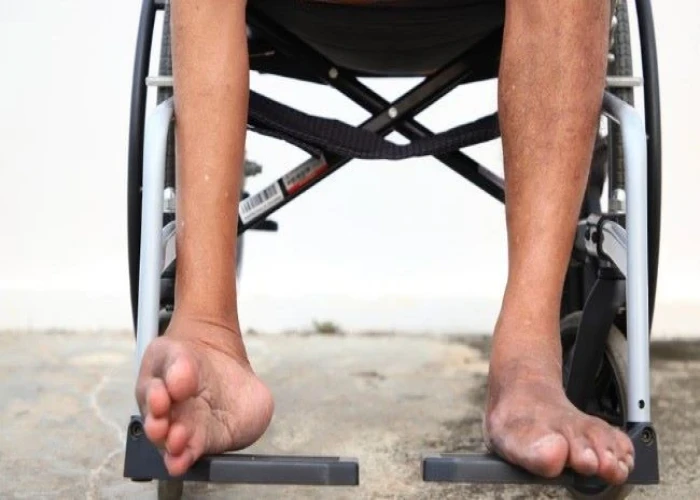
Polio
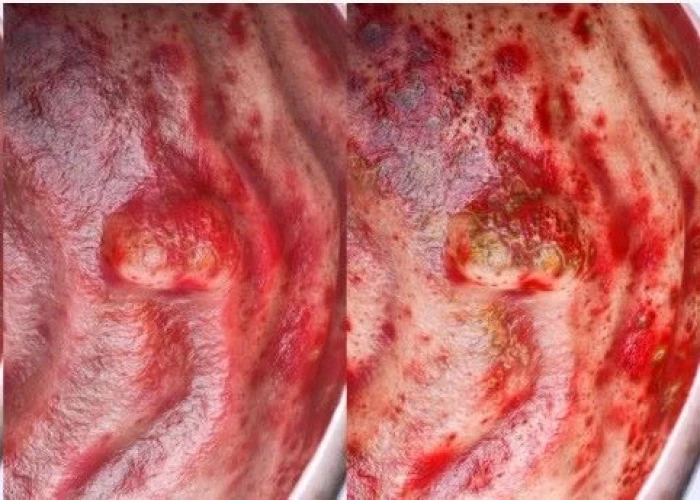
Peptic ulcer

Dysphagia
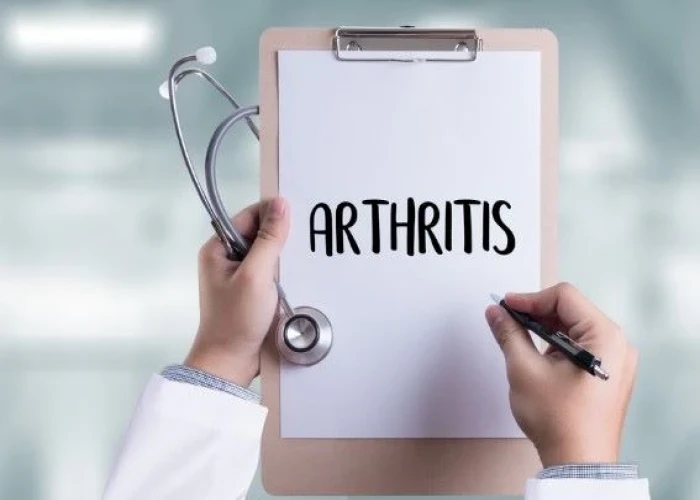
Juvenile idiopathic arthritis

Actinic keratosis

Whooping cough
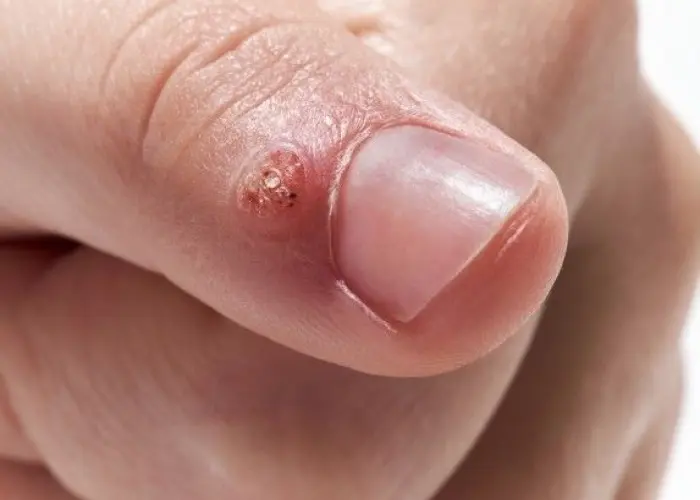
HPV infection
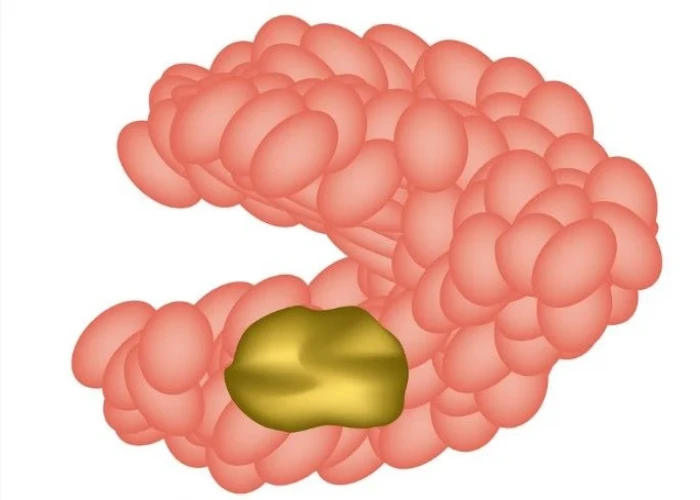
Jaw tumors and cysts
ventricular tachycardia, ভেন্ট্রিকুলার টাচিকার্ডিয়া
To be happy, beautiful, healthy, wealthy, hale and long-lived stay with DM3S.
